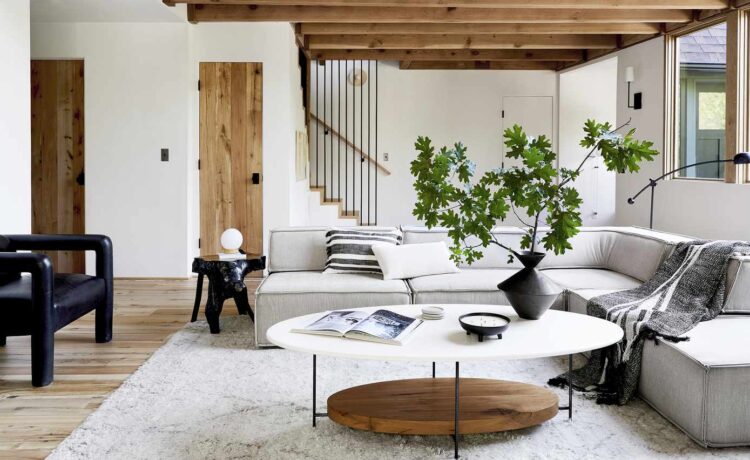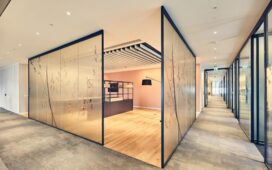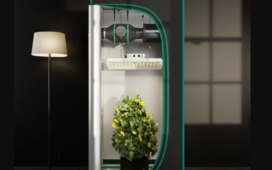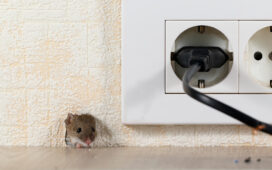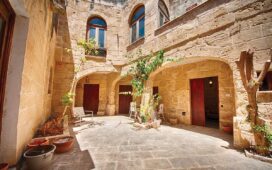Lighting plays a crucial role in modern interior design, influencing aesthetics, functionality, and mood. The right lighting enhances architectural features, highlights design elements, and creates a comfortable living environment. With advancements in lighting technology and an increasing emphasis on sustainable solutions, contemporary interior design integrates lighting as a key component rather than an afterthought.
Types of Lighting in Interior Design
Modern interior design incorporates three primary types of lighting: ambient, task, and accent lighting. Each type serves a distinct purpose and contributes to the overall atmosphere of a space.
- Ambient Lighting: Also known as general lighting, ambient lighting provides overall illumination to a room. This includes ceiling-mounted fixtures, recessed lighting, chandeliers, and wall sconces. It ensures visibility and establishes a room’s primary light source.
- Task Lighting: Designed for specific activities such as reading, cooking, or working, task lighting includes desk lamps, under-cabinet lighting in kitchens, and pendant lights over countertops. It enhances functionality by focusing light on areas where it is needed most.
- Accent Lighting: This type of lighting is used to highlight specific design elements such as artwork, architectural details, or statement furniture. Wall-mounted spotlights, LED strips, and track lighting are common accent lighting solutions that add depth and character to a space.
The Impact of Lighting on Interior Aesthetics
Lighting significantly affects the perception of space, color, and texture. A well-lit room appears more spacious, while poor lighting can make a space feel cramped and uninviting.
- Enhancing Colors: Different light temperatures influence how colors appear. Warm lighting (yellowish hues) creates a cozy ambiance, while cool lighting (bluish hues) provides a fresh and modern feel.
- Highlighting Textures: Light direction and intensity emphasize textures in materials such as wood, metal, or fabric. For example, strategically placed lighting can enhance the richness of a velvet sofa or highlight the grain of wooden flooring.
- Creating Focal Points: Statement lighting fixtures, such as chandeliers or pendant lights, draw attention to specific areas and serve as decorative elements. When combined with luxury furniture pieces like Avant Scene luxury sofas, lighting enhances the elegance and sophistication of a living space.
Smart Lighting and Sustainability
With advancements in technology, smart lighting has revolutionized modern interior design. Smart lighting systems allow homeowners to control brightness, color temperature, and even color-changing effects via smartphone apps or voice assistants. Features such as dimmable LEDs and motion sensors contribute to energy efficiency and convenience.
Sustainable lighting solutions have become an integral part of modern design, with LED lighting leading the way in energy conservation. LED bulbs consume significantly less energy than traditional incandescent bulbs and have a longer lifespan. Additionally, incorporating natural light through large windows, skylights, and reflective surfaces reduces the need for artificial lighting during the day, promoting an eco-friendly approach to interior design.
Lighting and Mood Enhancement
Lighting directly impacts the psychological and emotional well-being of individuals. A well-lit environment enhances productivity, relaxation, and overall mood.
- Warm Lighting for Comfort: Soft, warm lighting creates a relaxing ambiance in bedrooms and living rooms, making spaces feel inviting and cozy.
- Bright Lighting for Focus: Offices and study areas benefit from bright, cool lighting, which improves concentration and reduces eye strain.
- Dynamic Lighting for Versatility: Adjustable lighting systems allow users to change the ambiance according to different activities, from bright lighting for social gatherings to dim lighting for a calming atmosphere.
Conclusion
Lighting is a fundamental aspect of modern interior design, influencing both functionality and aesthetics. The right balance of ambient, task, and accent lighting enhances space perception, highlights design elements, and contributes to overall well-being. By integrating smart and sustainable lighting solutions, homeowners can create visually appealing and energy-efficient spaces. Whether complementing architectural features or luxury furnishings like Avant Scene luxury sofas, lighting plays a pivotal role in shaping the ambiance of any interior.








